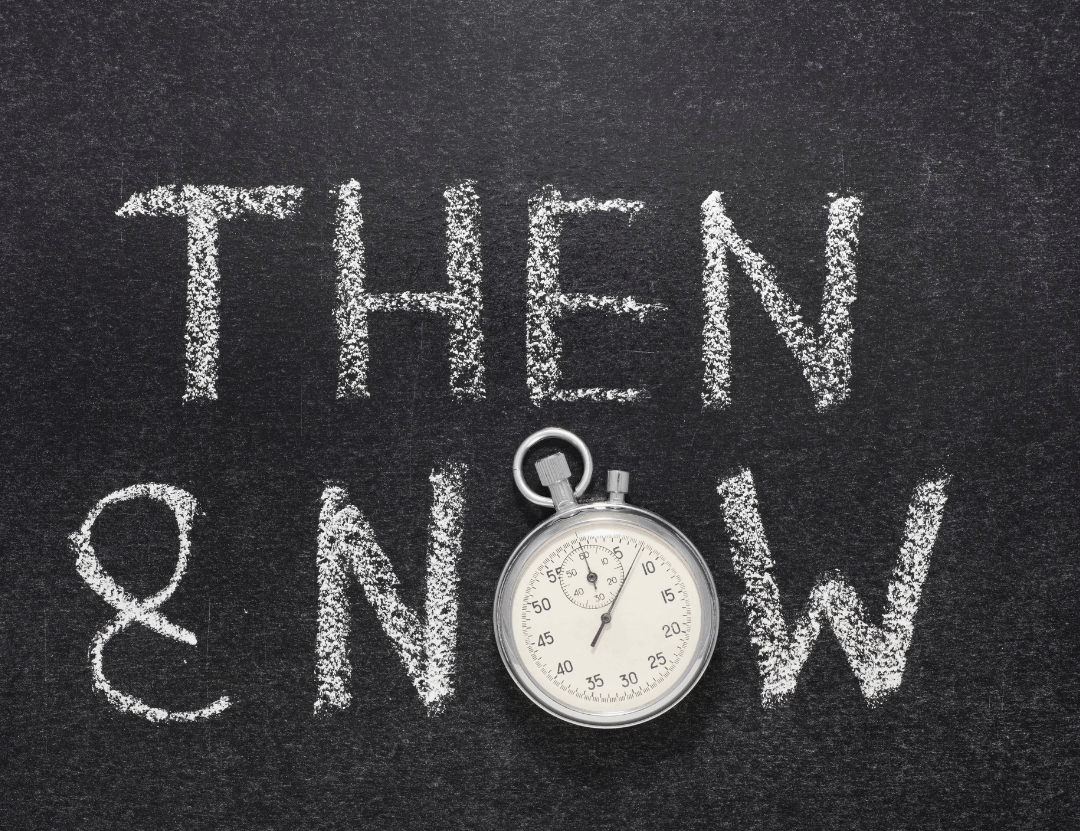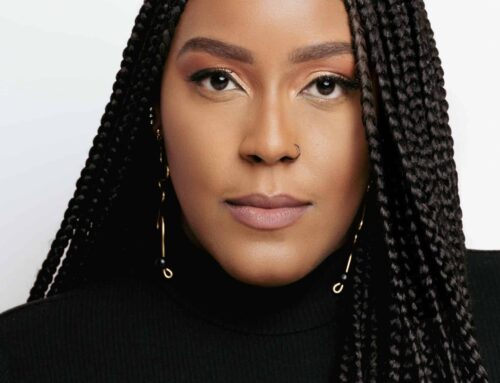Today marks the 50-year anniversary of the Royal Commission on the Status of Women, a landmark report that called on the federal government to begin working towards a more gender equal Canada. Some of those goals have been achieved, others have not. Now, facing the gendered impacts of the COVID-19 pandemic, these calls to action are more vital than ever before.
The Royal Commission was established on February 3, 1967. Chaired by Ottawa-based reporter Florence Bird, it heard from more than 900 people on the status of women in Canada, before being tabled on December 7, 1970. The final report included 167 recommendations to reduce gender inequality Canada-wide.
On the eve of this anniversary, the federal government has committed to historic investments that can move us closer to equality. Today, we’re reflecting on how far we’ve come and looking forward at the work we have to do.
The Highlights: Moving in the Right Direction
Higher education, work, and representation: Many of the commission’s recommendations were related to women and work. Restrictions to the employment of married women, gender segregation in certain occupations, and the under-representation of women in higher education and leadership positions, including politics, were all named as problems to address.
Today, women outnumber men in public colleges and universities in Canada. And, in 2013, women accounted for 58% of the total number of graduates. Several employment barriers related to marriage, pregnancy, and pay equity have seen improvement since the 60s, and there is gender parity in the federal government’s cabinet. Still, more work is needed to ensure all women are represented, treated well and fairly compensated, and enabled to keep their jobs and move up across all fields, and at every level.
Marriage and status: From 1876 through 1985, when a woman registered as a status Indian married a white man, she and their children were denied Indian status registration; at the same time, when a man registered as a status Indian married a white woman, he could pass on status registration to her and their children. With the push of activists and advocates, the Indian Act was amended in 1985 to remove this discriminatory clause, bringing it in line with Section 15 of the Canadian Charter of Rights and Freedoms.
Childcare: In the Royal Commission, accessible, affordable, high-quality national childcare was a noted priority. 50 years later, we may finally see this come to life. In the 2020 Fall Economic Statement, the federal government pledged to include a national childcare plan in the spring 2021 budget.
Childcare has been unaffordable and inaccessible for too long, and the fractures in the way childcare is administered in different parts of the country have become especially glaring in the pandemic. A recent study found that mothers with children under six only made up 41 per cent of the labour force in February and yet, they account for two-thirds of those leaving the workforce between February and October—likely due to childcare demands. Childcare is a vital piece of the puzzle for meaningful gender equality and enables higher quality of life for women and their families.
Work that Remains
Freedom from violence: Everyone deserves to live a life free from gender-based violence, but for many, this isn’t their reality. Gender-based violence, including intimate partner abuse, sexual violence, and emotional abuse, happens at alarming rates in Canada. On average, a woman is killed by her intimate partner every six days. Sexual assault is the only violent crime in Canada that is not declining. And some women and gender-diverse people experience higher risk of violence and lower access to appropriate support services, including Indigenous women, women with disabilities, and young women.
Furthermore, the COVID-19 pandemic has been linked to spikes in the risk of domestic violence around the world, including Canada. That’s why we’re supporting reissued calls for a National Action Plan on Violence Against Women and Gender-Based Violence. Join us.
Poverty and pay equity: Women’s poverty was central to the Royal Commission, but we have a long way to go and we need to apply an intersectional lens to understand where we truly stand. Women are more likely to be poor in Canada, in part due to the time they spend doing unpaid work, which leaves less time for paid work. And the gender pay gap persists–on average, full-time working women in Canada earn only 75 cents for each dollar earned by men, and the pay gap is worse for Indigenous women, Black women, newcomer women, and women with disabilities.
The pandemic has also exacerbated this issue. Women are being pushed out of paid work at historic rates, especially those in precarious jobs and those who have to sacrifice paid hours for unpaid child and elder care.
We’re encouraged by the Action Plan for Women in the Economy, announced in the federal government’s recent Speech from the Throne. Supporting women to get back into the workforce will help strengthen the economy as a whole, and that’s good for everyone.
A Feminist Recovery: The push for gender justice in Canada has evolved since the commission. It’s clear that we need an intersectional approach to building gender equality, that recognizes and responds to the particular needs of women and Two Spirit, trans, and non-binary people in all their diversities and experiences, across all regions of the country.
And we need to invest in the women’s sector, which has been doing this crucial gender justice work all along. According to a new survey conducted by YWCA Canada, Canadian Research Institute for the Advancement of Women (CRIAW), the Canadian Women’s Foundation, G(irls)20, and Oxfam Canada, women’s rights organizations in Canada are facing challenges that threaten their very existence. The survey revealed that 51% of organizations had to cut back on vital services and 48% had to cancel some of their programming all together due to the pandemic.
You can mark this anniversary by calling for change. To start, join our #ActTogether campaign. From now until Dec. 10, we’re taking part in the 16 Days of Activism Against Gender-Based Violence by committing to a new action every day. Check out this calendar to get some ideas.







